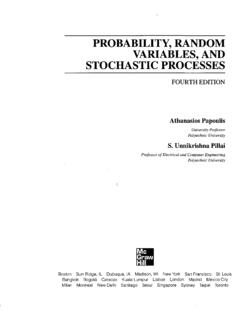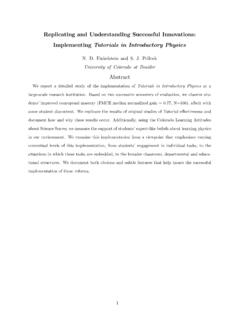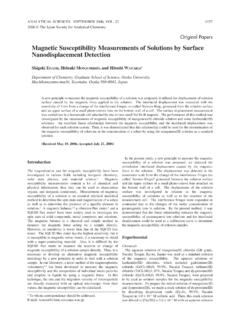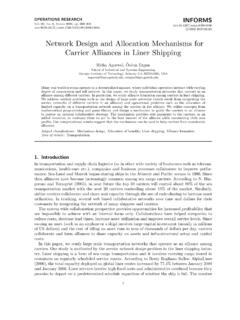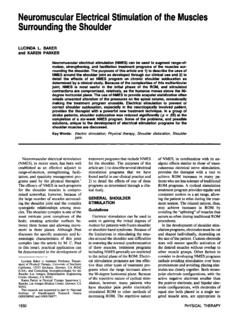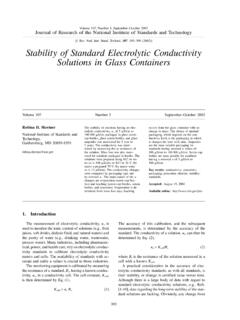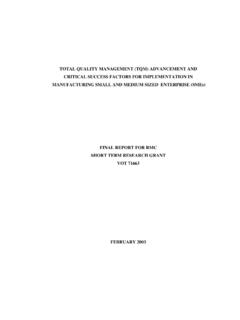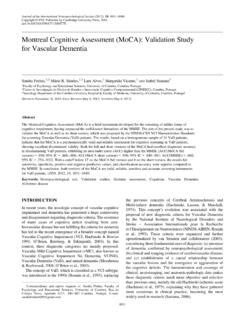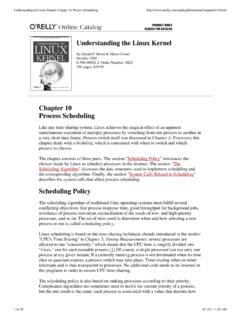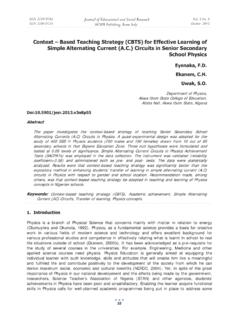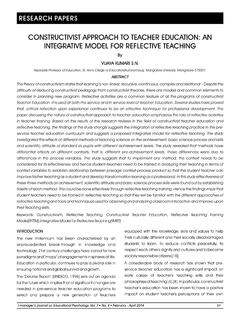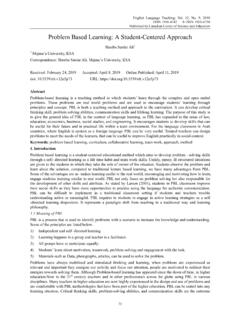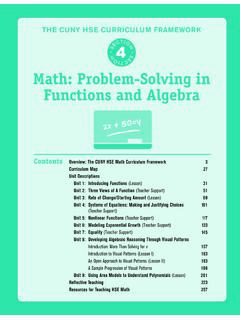Transcription of Blended Learning – An Approach in Philippine Basic …
1 Universal Journal of Educational Research 8(11): 5505-5512, 2020 DOI: Blended Learning An Approach in Philippine Basic education Curriculum in New Normal: A Review of Current Literature Fernan Peniero Tupas1,2,*, Marilyn Linas-Laguda3 1 Department of Biology, Northern Iloilo Polytechnic State College, Estancia, Iloilo, Philippines 2 International Research Fellow, Japan Society for the Promotion of Science, Tokyo, Japan, and Laboratory of Biotechnology and Bioengineering, Hokkaido University of education , Hakodate, Hokkaido, Japan 3 Department of Teacher education , Northern Iloilo Polytechnic State College Concepcion Campus, Concepcion, Iloilo, Philippines Received July 29, 2020; Revised August 27, 2020; Accepted September 29, 2020 Cite This Paper in the following Citation Styles (a): [1] Fernan Peniero Tupas, Marilyn Linas-Laguda, " Blended Learning An Approach in Philippine Basic education Curriculum in New Normal: A Review of Current Literature," Universal Journal of Educational Research, Vol.
2 8, No. 11, pp. 5505 - 5512, 2020. DOI: (b): Fernan Peniero Tupas, Marilyn Linas-Laguda (2020). Blended Learning An Approach in Philippine Basic education Curriculum in New Normal: A Review of Current Literature. Universal Journal of Educational Research, 8(11), 5505 - 5512. DOI: Copyright 2020 by authors, all rights reserved. Authors agree that this article remains permanently open access under the terms of the Creative Commons Attribution License International License Abstract This qualitative research focused on literature reviews. The method utilized was document analysis. The articles were from 2010-2020 taken from different websites and documents from libraries of Hokkaido University of education and Northern Iloilo Polytechnic State College.
3 The results showed Blended Learning started three decades ago, specifically for higher education institutions (HEIs), also used in graduate programs and professional development. But in 2007, in the Philippines, the Center of Blended Learning started and had very positive responses from the parents and students. Moreover, Blended Learning (BL) is adopted in subjects like English explicitly in Language, Science, and Distance Learning . The use of BL in education helps students engage positively in all activities and increased behavior towards Learning , and empowered to become leaders, coaches, and mentors to fellow students. Teachers, as necessary instruments for effective implementation of BL, the conduct of professional development is vital.
4 In the country, DepEd proposed to use online Learning , modular Approach , radio-television methods, face-to -face, and para-teachers for Blended Learning . But the lack of facilities like gadgets or computer sets, and connectivity in the Philippines is a unique challenge to DepEd. The education sectors asked help from different government agencies and private individuals and organizations to support the proposals. This study suggests tapping experts to conduct studies BL to help the education system in the new normal. Each school must document all the positive and negative experiences with BL. DepEd consolidates all the collected undertaking during a pandemic and creates a framework to enhance Blended Learning .
5 Keywords K12 Curriculum, Published Researches, Pandemic, Strategies, Effectiveness 1. IntroductionThe education system is one of the agencies profoundly affected by a coronavirus. Around billion students in 186 countries are out of school during the pandemic. This COVID-19 changed the education landscape dramatically [1]. Many nations attempt to open classes after a month of lockdown, but many failed. For instance, in Canada, 12 students tested positive in May, and in South Korea, two brothers have the virus on June 29 upon restriction was lifted [2]. Thus, countries like Belgium and Japan adopted an alternative school schedule and lowered students' numbers per classroom to have space between learners to 5506 Blended Learning An Approach in Philippine Basic education Curriculum in New Normal: A Review of Current Literature protect them from infection [2].
6 Other countries also tried to continue classes using different innovations to protect students from COVID-19 spread and unsuccessful. From putting plastic in the desk served as a shield to a limited number of students to health, protocols are some of the many nations' required guidelines to allow to continue classes this school year. President Rodrigo Roa Duterte states no opening of classes during this pandemic; "No Vaccine, No Opening of Classes." But Secretary Briones of the Department of education (DepEd) insisted on adopting an alternative new normal Approach . The proposed opening of classes, utilizing technology such as cellphones, tablets, and desktop with internet connectivity, modular and face-to -face, and other forms of instructional materials.
7 education always plays an essential part in the country's growth and development [3]. By the number of infected Filipinos all over the archipelago increased exponentially. Thus, the government is more concerned about the health of Filipino children than the quality of education . Therefore, senators like Honorable Sherwin Gatchalian filed Senate Resolution No. 391 about the postponement of the opening of classes in August. Furthermore, the senators recommended the use of distance Learning . However, Senate President, Honorable Tito Sotto III states to have changes in the Republic Act No. 7977, also called the Act on Lengthening of School Calendar revision is required. According to RA 7999, the opening of classes for a Basic education shall start on the first Monday of June but not later than the last day of August [4].
8 Upon talks with advocates of quality education and curriculum experts from DepEd, they decided to adopt a Blended Learning Approach . Thus, this study aims to identify the effectiveness of Blended Learning in the education system to help the Philippines in the new normal. Background The Republic Act 10533, also known as K12 Basic education Program, changed the old curriculum into a new one adding two years in Senior High School. The new curriculum focused on critical thinking and scientific skills in the 21st century for the country's economic and social progress. The new programs aim to train learners equipped with the necessary skills and knowledge, choice after SHS to find a job or continue to college [5].
9 Basic education starts from kindergarten at around five years old, transitioning from informal to formal education to grades 1 to 12. During this period, the teaching method focused on play-based activities- the competencies are still developing holistic among learners [6]. In grades 1 to 10, students will experience an enhanced, context-based, and spiral Approach curriculum. While in senior high school (SHS), Learning is concentrated to allow students for jobs, college life, and 21st-century skills [7]. The curriculum should be designed to focus on subject-centered, learner-centered, and problem-based centered, incorporating various Learning theories [8]. Thus, the Philippine education Standard works with current trends and innovations.
10 Also, she stressed in Learning competencies, DepEd should design contents that can help improve learners' skills and values to become the country's reproductive citizens. To make all this happen, teachers play an essential role in the implementation of the new curriculum. They should possess the following commitment to work, competences, creativity, compassion, and character [9]. The innovative curriculum helps save the old problematic education system; these are evident in local and international assessments. The results are always below the national standards, and the Philippines placed the lowest among participating countries. Furthermore, inside one classroom, 45 or more students are found, far from the Department of education (DepEd) ambition, to have lesser numbers in the implementation of K12.
